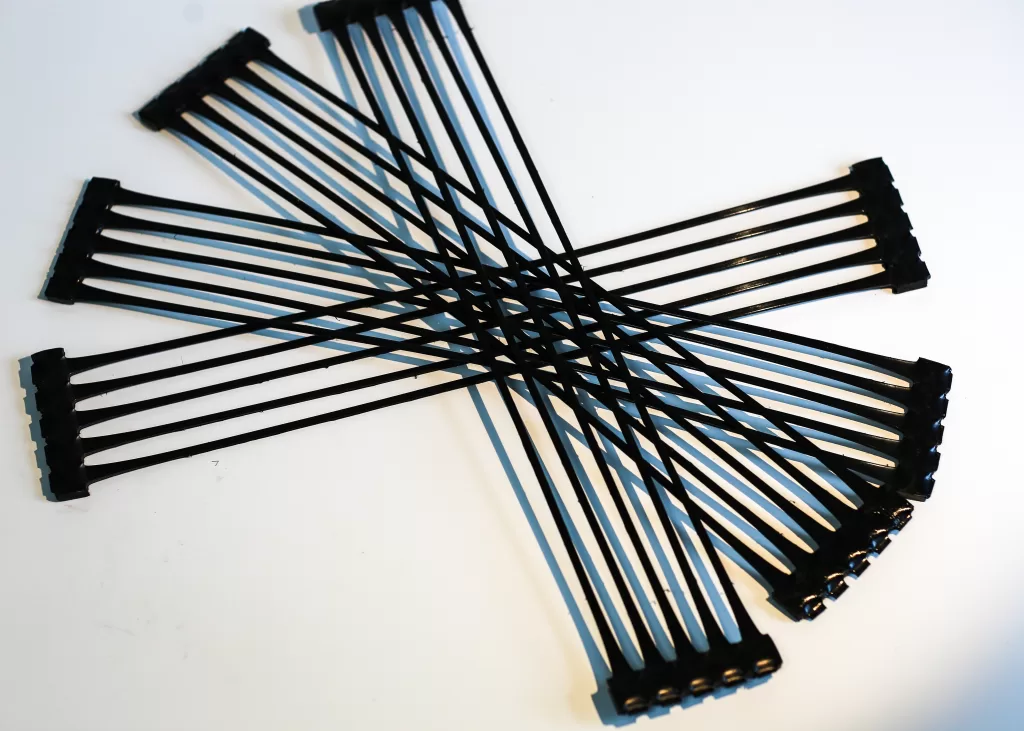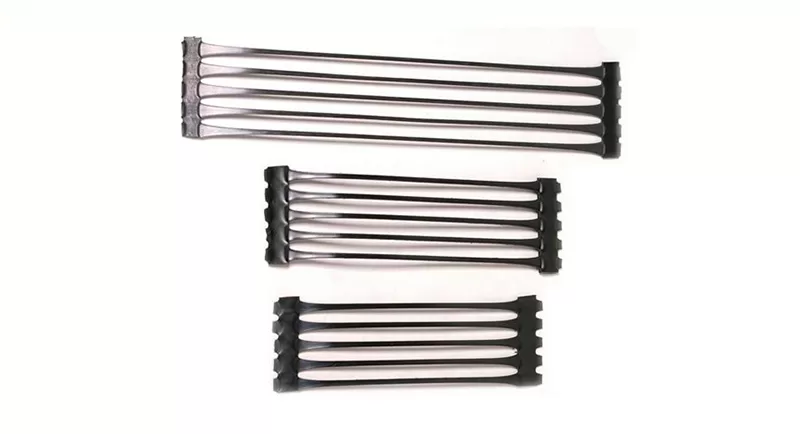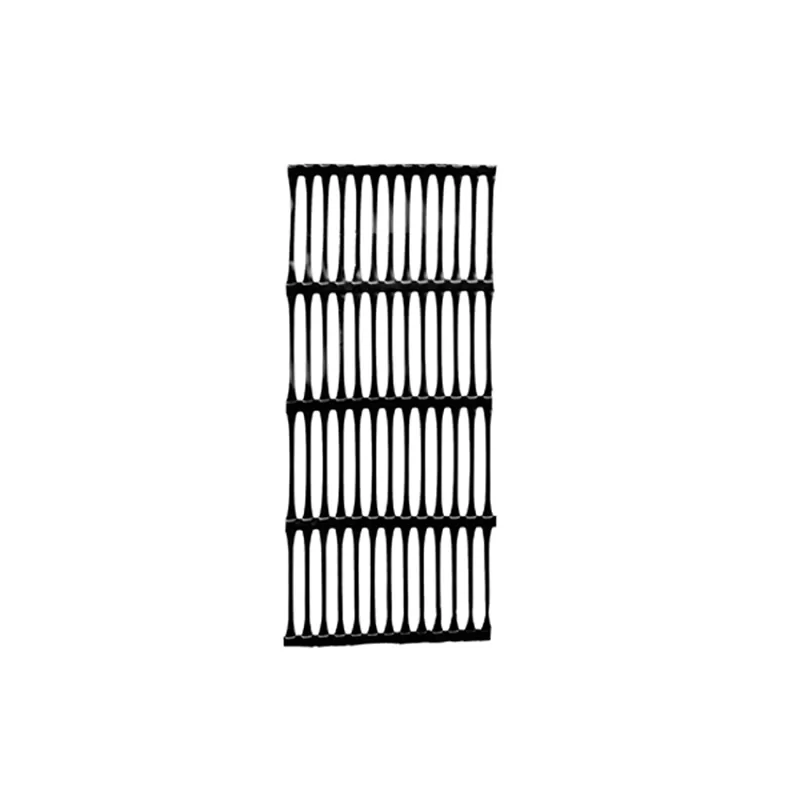Why Uniaxial Geogrids Are Key to Effective Soil Reinforcement in Civil Engineering
Uniaxial geogrids play a crucial role in modern civil engineering, particularly in soil reinforcement and construction. These innovative materials are designed to provide structural support and stability in a variety of construction scenarios, from road construction to slope stabilization. In this article, we will explore what uniaxial geogrids are, their purpose, and how they differ from their biaxial counterparts. Understanding the distinction between these two types of geogrids is essential for selecting the right material for specific engineering applications.
What is an Uniaxial Geogrid?
A uniaxial geogrid is a type of geosynthetic material designed to provide reinforcement predominantly in one direction, usually along the longitudinal axis. This design incorporates a unidirectional structure with a one-way stretch that stabilizes the material in a single direction, mainly longitudinally. Typically made from durable materials such as polypropylene or polyester, uniaxial geogrids are composed of a grid pattern that helps resist tension and offers substantial structural support to the surrounding soil. Their primary advantage is their ability to withstand stress, particularly when forces are concentrated along a specific axis. Uniaxial geogrids are commonly used in soil reinforcement for applications such as retaining walls, steep slopes, and embankments, where they enhance stability and improve the load-bearing capacity of the soil.

What is the Purpose of a Geogrid?
The primary purpose of a geogrid is to reinforce soil and similar materials, thereby improving their mechanical properties. Geogrids are utilized to enhance the stability of soil under load, prevent erosion, and provide essential support for structural foundations. They are particularly beneficial in regions where the inherent soil strength is insufficient to support heavy construction loads. Geogrids work by distributing loads more evenly across the soil, reducing settlement, and preventing displacement. This reinforcement contributes to more stable and durable construction projects, including roads, railways, and embankments, where soil stability is critical.
What is the Difference Between Uniaxial and Biaxial Geogrids?
The key difference between uniaxial and biaxial geogrids lies in their strength and reinforcement direction:
Uniaxial geogrids provide strength along a single axis, typically the length of the grid. This design makes them ideal for soil reinforcement in areas where forces are concentrated in one direction. Much like uniaxial crystals, which have a single optic axis, uniaxial geogrids stabilize soil along that one primary axis.
Biaxial geogrids, by contrast, offer strength in two perpendicular directions: both longitudinal and transverse. This multidirectional strength makes them particularly versatile, and suitable for scenarios where forces act in multiple directions, such as road foundations or embankment stabilization. Similar to biaxial crystals, which have two distinct optic axes that intersect at a common point (the biaxial point), biaxial geogrids provide reinforcement across two planes, making them adaptable to varying stress directions.
Both types of geogrids serve the same primary function of reinforcing soil, but the decision between uniaxial and biaxial depends on the specific soil conditions and expected load distribution in a given construction project.
What are the Practical Applications of Uniaxial and Biaxial Geogrids?
Biaxial geogrids, on the other hand, are designed to resist forces in both horizontal and vertical directions. This makes them ideal for situations where forces are applied from multiple directions, such as:
- Road Construction: Biaxial geogrids help distribute loads from traffic and prevent soil deformation, such as rutting and cracking, by evenly spreading forces over a larger area.
- Foundation Reinforcement: In foundation applications, they provide stability and prevent differential settlement by distributing loads evenly.
- Embankment Stabilization: They are used in embankments to stabilize soil and prevent shifting or deformation due to varying forces.
The primary benefit of biaxial geogrids is their ability to distribute loads evenly across multiple directions, preventing rutting, cracking, and other forms of soil degradation.
Key Differences and Considerations
- Directional Strength: Uniaxial geogrids excel in situations requiring strength in one direction, while biaxial geogrids are suited for applications with multidirectional forces.
- Application Context: Uniaxial geogrids are ideal for slope stabilization and areas with limited directional force, whereas biaxial geogrids are preferred in road construction, foundation, and embankment applications.
When selecting the appropriate type of geogrid, consider the direction of the forces acting on the soil, the specific engineering needs, and the desired stability outcomes. Understanding these differences is essential for choosing the right geogrid for each project.
In conclusion, uniaxial geogrids are an essential component of modern construction and soil stabilization techniques. They offer unparalleled strength in a single direction, making them ideal for projects where soil reinforcement is needed under concentrated directional loads. On the other hand, biaxial geogrids provide multidirectional strength and are better suited for applications requiring balanced reinforcement. By understanding the differences and applications of these two types of geogrids, engineers and construction professionals can select the right material to ensure structural stability and durability in their projects.



Comments
Post a Comment